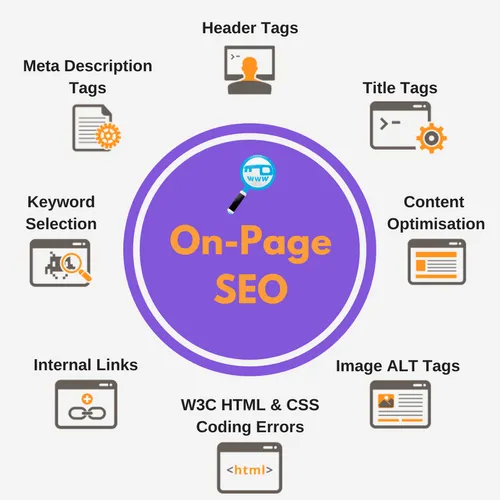Web Development Landscape: Evolution from HTML to Modern Frameworks
In the fast-paced world of technology, the web development landscape has undergone a remarkable transformation, evolving from the simplicity of HTML to the sophistication of modern frameworks. This journey is a testament to the constant innovation and adaptability inherent in the field of web development.

HTML: The Foundation of the Web
In the early days of the internet, Hypertext Markup Language (HTML) served as the cornerstone of web development. It provided a structured way to create static web pages, enabling the dissemination of information across the World Wide Web. While HTML laid the foundation for the digital realm, developers soon realized the need for more dynamic and interactive websites.
CSS and JavaScript: Web Development Landscape
The introduction of Cascading Style Sheets (CSS) and JavaScript brought about a significant shift in the web development landscape. CSS allowed developers to style web pages, enhancing the visual appeal, while JavaScript facilitated client-side scripting, enabling interactive elements. This trio—HTML, CSS, and JavaScript—formed the backbone of web development for years to come.
The Rise of Content Management Systems (CMS)
As the demand for dynamic content and user-friendly interfaces grew, Content Management Systems (CMS) emerged. Platforms like WordPress, Joomla, and Drupal empowered individuals and businesses to create and manage content without extensive coding knowledge. This democratization of web development opened new avenues for a diverse range of users.
Web Development Landscape: A Paradigm Shift
In the pursuit of efficiency and scalability, web development frameworks gained prominence. Frameworks like Angular, React, and Vue.js provided developers with powerful tools and pre-built components, streamlining the development process. These frameworks adopted a modular approach, allowing for the creation of complex and feature-rich web applications.
Responsive Design and Mobile-First Approach
With the surge in mobile device usage, responsive design became imperative. The shift towards a mobile-first approach revolutionized web development, emphasizing the importance of creating websites that seamlessly adapt to different screen sizes. Frameworks like Bootstrap and Foundation played a pivotal role in simplifying the implementation of responsive design principles.
Read More Local SEO Strategy for Unrivaled Local Search Engine Domination
APIs and Microservices Architecture
The contemporary web development landscape is characterized by the widespread adoption of APIs (Application Programming Interfaces) and microservices architecture. APIs enable seamless integration between different applications, fostering interoperability and enhancing the overall user experience. Microservices, on the other hand, facilitate the development of scalable and maintainable systems by breaking down applications into modular components.
The Advent of Progressive Web Apps (PWAs)
In recent years, Progressive Web Apps (PWAs) have gained traction as a bridge between traditional web applications and native mobile apps. PWAs offer users a seamless, app-like experience, combining the best of both worlds. They leverage service workers and other technologies to provide features such as offline functionality, push notifications, and faster load times.
The Future: Web Development Landscape
Looking ahead, the web development landscape continues to evolve rapidly. WebAssembly (Wasm) has emerged as a game-changer, enabling the execution of high-performance code in web browsers. This opens the door to a new era of web applications with capabilities previously associated with native desktop applications.
In conclusion, the evolution of web development from HTML to modern frameworks reflects the industry’s constant pursuit of innovation and improvement. The journey has been marked by the adoption of new technologies, frameworks, and architectural paradigms. As we navigate the ever-changing web development landscape, one thing remains clear – adaptability and a commitment to learning are essential for success in this dynamic field. Embrace the changes, stay curious, and be ready for the exciting developments that lie ahead in the fascinating world of web development.
Call To Action
Ready to propel your website into the future? Explore the dynamic evolution of web development – from HTML’s roots to the cutting-edge modern frameworks. Stay ahead in the digital landscape with IZ Solutions LLC. Dive into the blog now and revolutionize your online presence.






